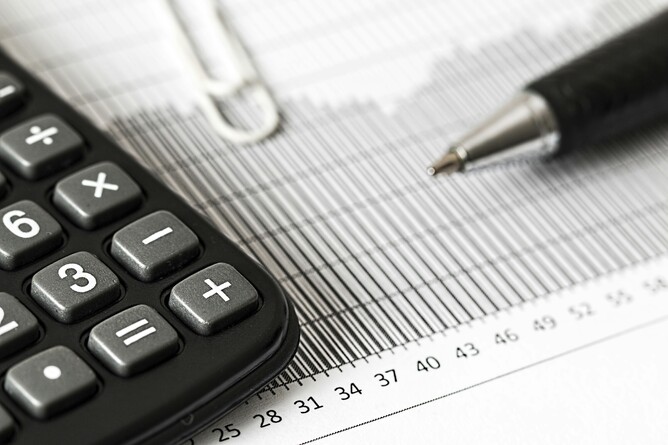Step-by-step Guide to Creating a Tax-Efficient Business Plan
For small business owners, effective tax planning is crucial to keeping more of your hard-earned money and reinvesting it back into your business. Developing a tax-efficient business plan ensures you’re not only compliant with UK tax regulations but also taking advantage of all the available reliefs, deductions, and structures to minimize your tax burden. Here’s a step-by-step guide to help you create a tax-efficient plan for your business.
1. Assess Your Current Tax Liabilities
Begin by understanding your current tax obligations. This includes taxes such as Corporation Tax, VAT, National Insurance Contributions (NICs), and business rates. Review previous tax returns and financial statements to identify where you may have paid more than necessary or missed opportunities to claim relief.
2. Choose the Right Business Structure
Your business structure directly impacts your tax bill. In the UK, the most common structures for small businesses are sole traders, partnerships, and limited companies. Sole traders may benefit from simplicity but often face higher tax rates. By incorporating as a limited company, you can take advantage of lower Corporation Tax rates and dividends, which can reduce your overall tax liability. It’s worth consulting with an accountant to evaluate the best structure based on your business size, profit, and long-term goals.
3. Track Expenses for Deductions
One of the simplest ways to reduce your tax bill is to ensure that you’re claiming all allowable business expenses. These can include costs such as office supplies, travel expenses, and utility bills for a home office. Use cloud-based accounting software like Xero or QuickBooks to track these expenses in real time, ensuring nothing is missed. Accurate record-keeping will also make filing taxes much easier at year-end.
4. Utilize Tax Reliefs and Allowances
Take full advantage of available tax reliefs and allowances. This might include the Annual Investment Allowance (AIA) for equipment purchases, research and development (R&D) tax credits, or reliefs for energy-efficient upgrades. Be proactive in researching what’s available and tailor your business investments to make the most of these schemes.
5. Plan Ahead for Tax Payments
Tax efficiency isn’t just about minimizing your liability—it’s also about good cash flow management. Set aside funds each month to cover tax obligations, especially for VAT and Corporation Tax. Late payments can lead to penalties, which add unnecessary costs to your business.
6. Consult a Tax Professional
Tax laws are complex and constantly changing. Working with a tax advisor ensures you’re not only compliant but also optimizing your tax position based on the latest regulations. They can help you create a tailored tax plan that aligns with your business’s growth strategy.
By following these steps, you can build a tax-efficient business plan that saves you money and supports the long-term financial health of your company.


